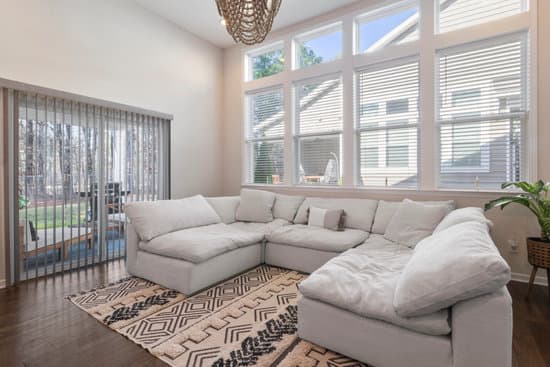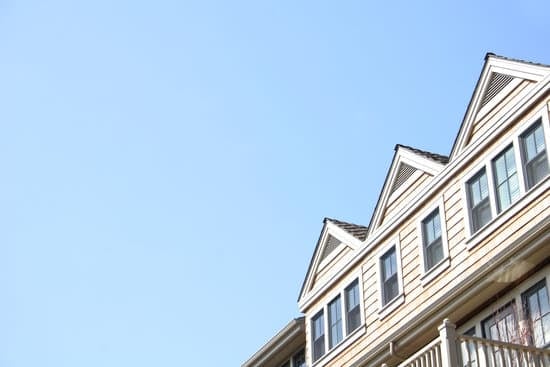Yes, it is possible to lay new insulation over old insulation, as long as the old insulation is not wet. If the old insulation is still in good condition, adding new insulation can bring numerous benefits, such as improving energy efficiency and reducing heating and cooling bills. Here are a few things to consider when adding new insulation over old:
Make sure there are no moisture issues: Before adding new insulation, check to make sure that there are no moisture issues in your attic or walls. If the old insulation is wet or has been damp, investigate the source and fix the issue before adding new insulation
Choose the right type of insulation: When adding new insulation over old, make sure that the two types of insulation are compatible. For example, if you have fiberglass insulation installed, you can add loose-fill fiberglass insulation on top, but not cellulose insulation.
Don’t exceed the recommended height: Be careful not to exceed the recommended insulation height for your area. Adding too much insulation can cause problems with moisture and ventilation, so make sure to follow the recommendations for your climate zone.
Consider hiring a professional: Adding new insulation over old can be a tricky job, especially when dealing with a large space like an attic. If you’re not comfortable doing it yourself, consider hiring a professional to ensure that the job is done correctly.
By following these tips, you can add new insulation over old and enjoy all of the benefits that come with it, including improved energy efficiency, increased comfort, and lower energy bills.





















